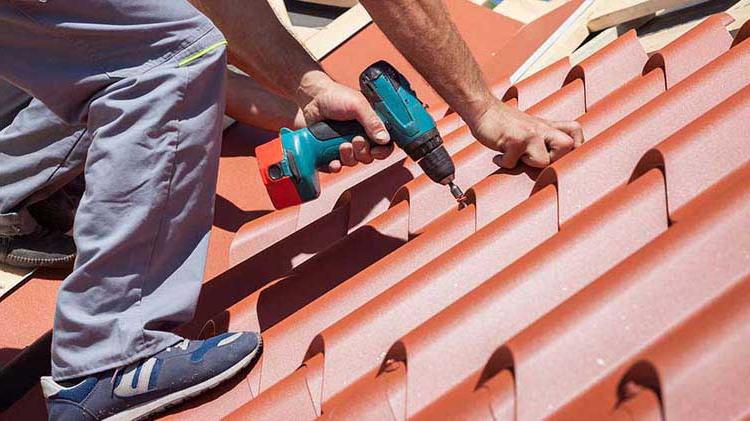Staying safe in a hailstorm
Hail can cause injury and damage your home and possessions. Here's how to prepare.
Hail is one of the most common and costly weather hazards in the United States. Hail frequently occurs in storms and causes damage to crops, buildings, siding, fences, windows, lawn furniture, vehicles and other property. Here are ways to help prepare and guard against the damaging effect of this severe weather event.
Before a potential hail storm
Here are some things to consider doing before a potential hail storm occurs.
- Bring pets inside. Protect pets from hail by bringing them inside or in some type of protected shelter.
- Shelter vehicles. When possible, move vehicles into the garage or some other place where it will be sheltered.
- Shelter outdoor items. When possible, bring outdoor furniture, potted plants or anything that can be damaged inside.
- Be prepared for electrical outages. A hailstorm can disrupt electrical service and is often accompanied by other severe weather events, such as hurricanes and tornadoes. Some people choose to have a backup plan by having a generator to provide temporary power during outages.
- Listen to weather alerts. Abide by all weather watch alerts. A severe thunderstorm watch means that a storm poses an immediate threat to the people and property in its path. This warning may be accompanied by a siren or other community alert system. Many people choose to have a battery-powered radio or a hand-crank NOAA weather radio for updates.
Prepare your family for the hazards and inconveniences of severe storms by creating a disaster preparedness plan, including a disaster survival kit and an emergency evacuation plan. Also, having a home inventory of your possessions may help to expedite insurance claims after storms.
During a hail storm
- Move inside. Hailstones vary greatly in size, but even small ones — driven by gravity and strong winds — pose a danger to anything or anyone caught in a storm. If you are outdoors, go indoors immediately.
- Secure windows. Once you're indoors, close all drapes, blinds or shades to prevent broken window glass and hailstones from entering your home.
- Find a safe area. If possible, move to a basement, cellar or other level of the building not directly below the roof. Stay indoors until the storm has passed.
- Take precautions when driving. If you're on the road during a hailstorm, stay in your vehicle and slow down or stop, as roads may become slippery. Once you have pulled over safely, turn your back to windows or cover yourself with a blanket to protect yourself from broken glass.
Protect your roof
Hailstorms are particularly hard on roofs. Following a strong storm, you should evaluate the condition of your roof to identify any damage and prevent further deterioration.
The Federal Alliance of Safe Homes (FLASH) has information about strengthening your home's roof decking and shingles against hail and other severe weather. Even if your roof is not currently damaged, you may want to discuss making these changes with a reputable roofing contractor.
Roofing discounts
You may qualify for discounts on your homeowner's insurance premiums if you use certain impact-resistant roofing products. Premium reductions are not available for roofs that have been overlaid onto existing roofs, except for certain qualifying metal roofs. Check out the roofing materials eligible for discounts and the states where discounts are available. To be eligible for a reduction in your State Farm® homeowner's insurance premiums, you will need to complete this roofing installation information and certification form.
For more information about discounts or to review your home and property insurance coverage, please contact your State Farm agent.




